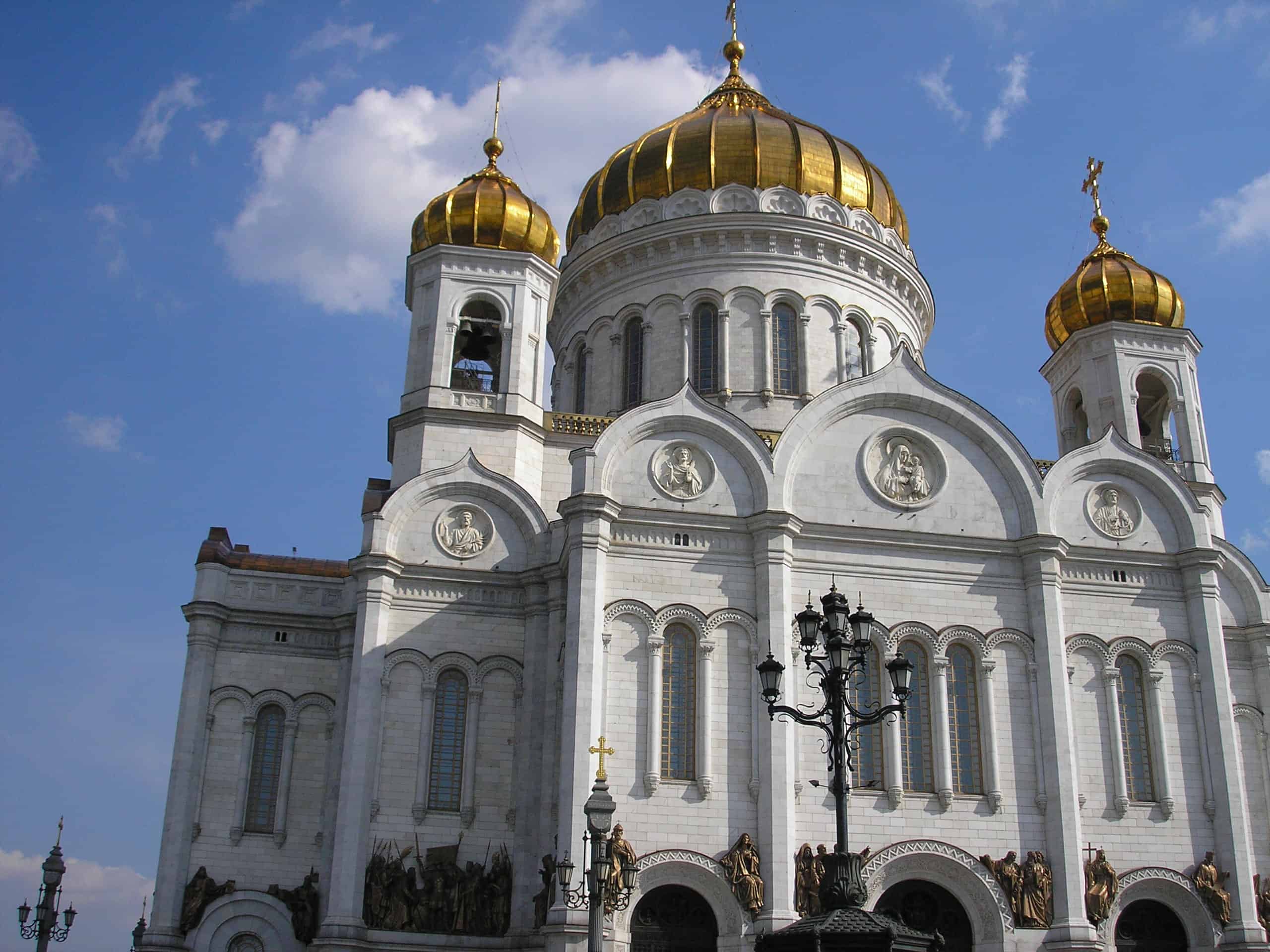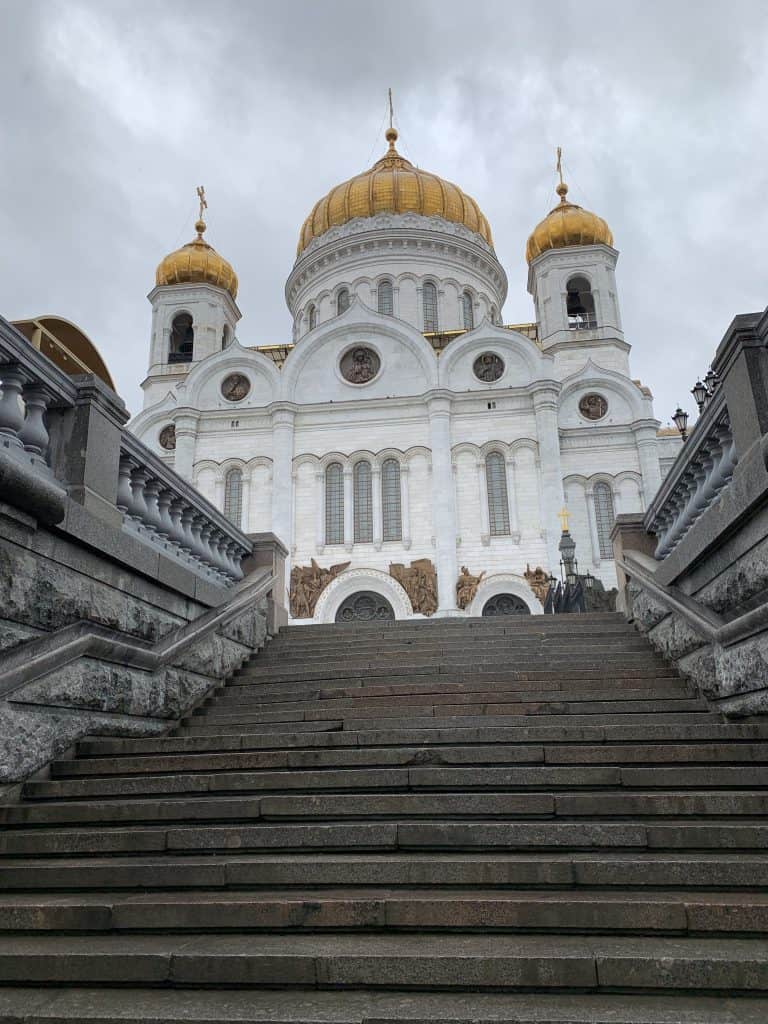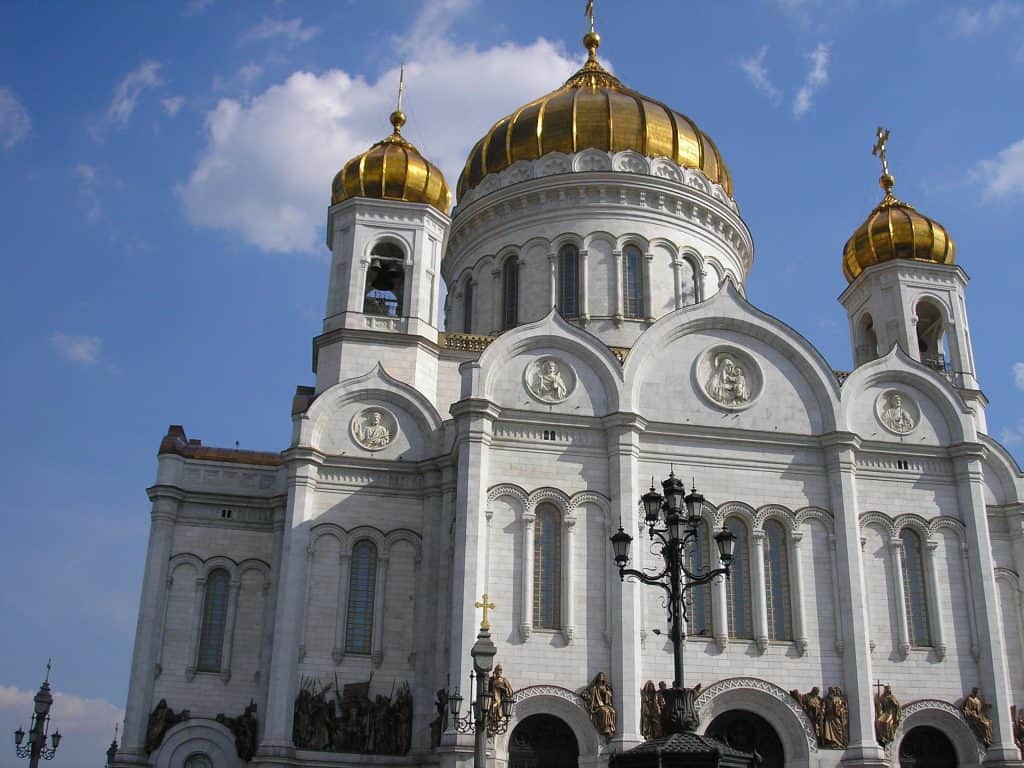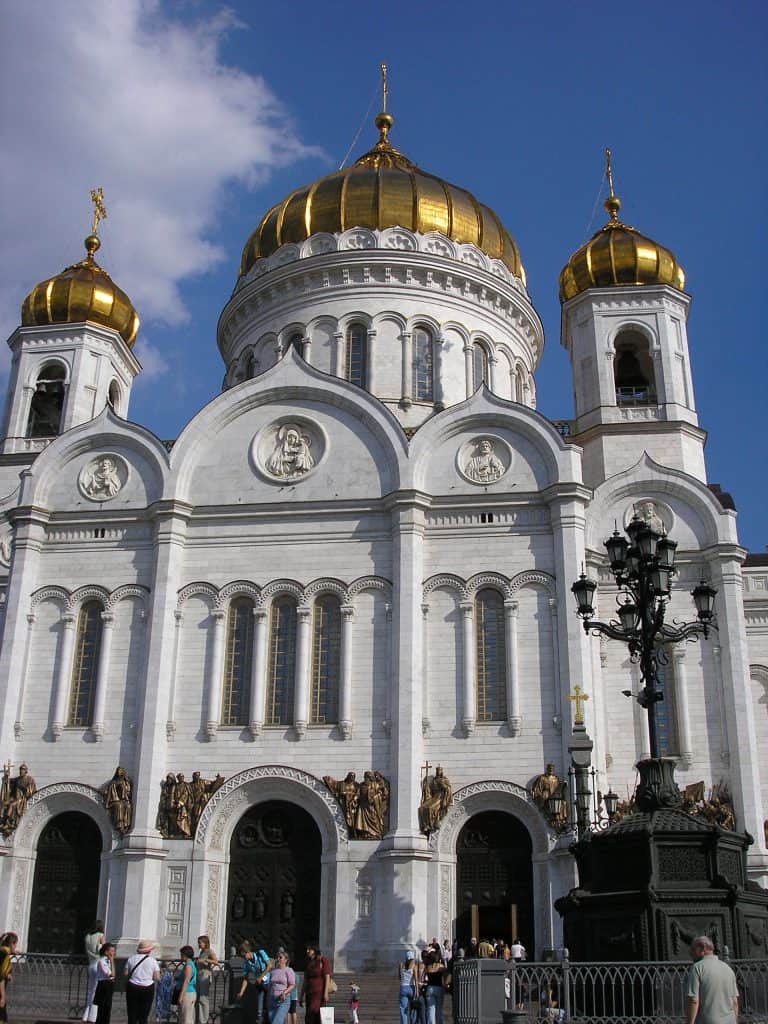
The history of the construction of the Cathedral of Christ the Saviour begins on 23rd June 1812 when Napoleon crossed the Niemen River, which marked the border of the Russian Empire, at the head of the famous Grande Armée with as many as 500,000 men.
Napoleon’s army had no rivals in the world and so it was that the Russians, numerically inferior, relied on the only plausible tactic in that context: that of scorched earth.
The French won the Battle of Borodino and finally entered a Moscow set on fire.
It was then that the situation really began to turn upside down. Napoleon’s army had greatly diminished, food was scarce and the cold began to become a serious problem.
The return for the French soldiers was a real hell, so much so that of the 500,000 who left to “punish Russia” only 30,000 returned home. Between 11th and 12th December the remnants of what had once been the mammoth Grande Armée crossed the Niemet backwards.
Tsar Alexander I on 25th December 1812 made the decision to erect the Cathedral of Christ the Saviour, to “express our gratitude to Divine Providence, for having saved Russia from the fate that loomed over it.”
The construction of the Cathedral took many years and only in 1883 was it consecrated.
With the rise to power of the Communist Party it was demolished in 1931 by order of Stalin. The new project envisaged the birth of the Soviet Palace, a work never built.
Only in 1992 was a fund started for its reconstruction. In 1995 work began and the construction of the Cathedral was definitively completed on 19th August 2000, when it was finally consecrated.
Between 2003 and 2004 a pedestrian bridge was built which was called the Bridge of the Patriarchs.



